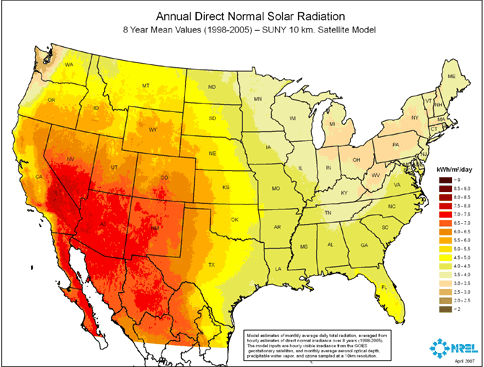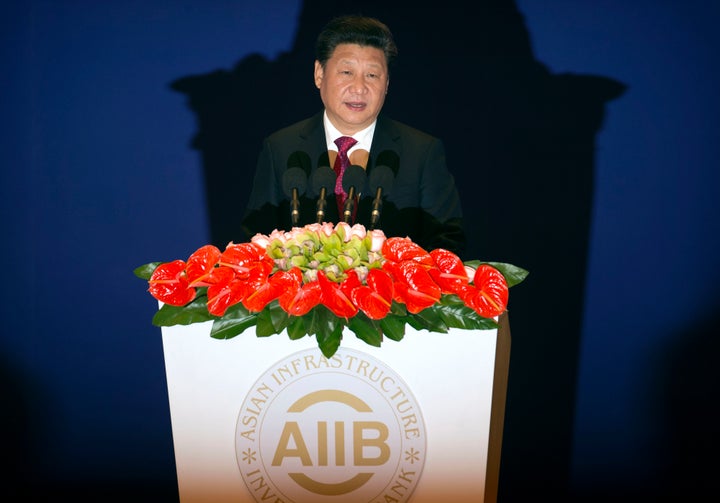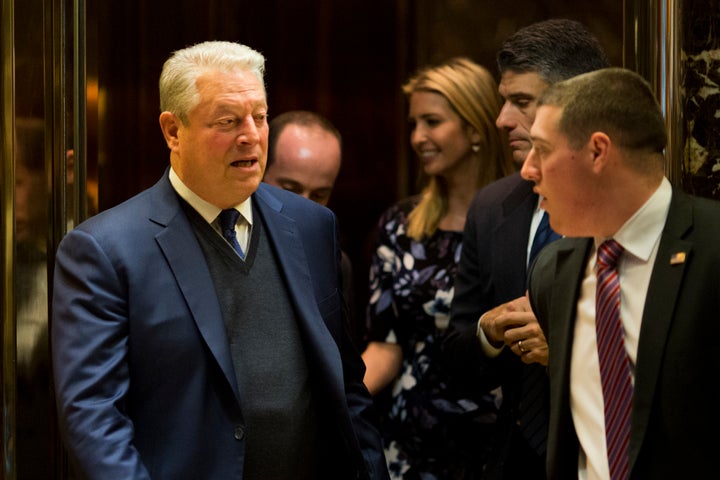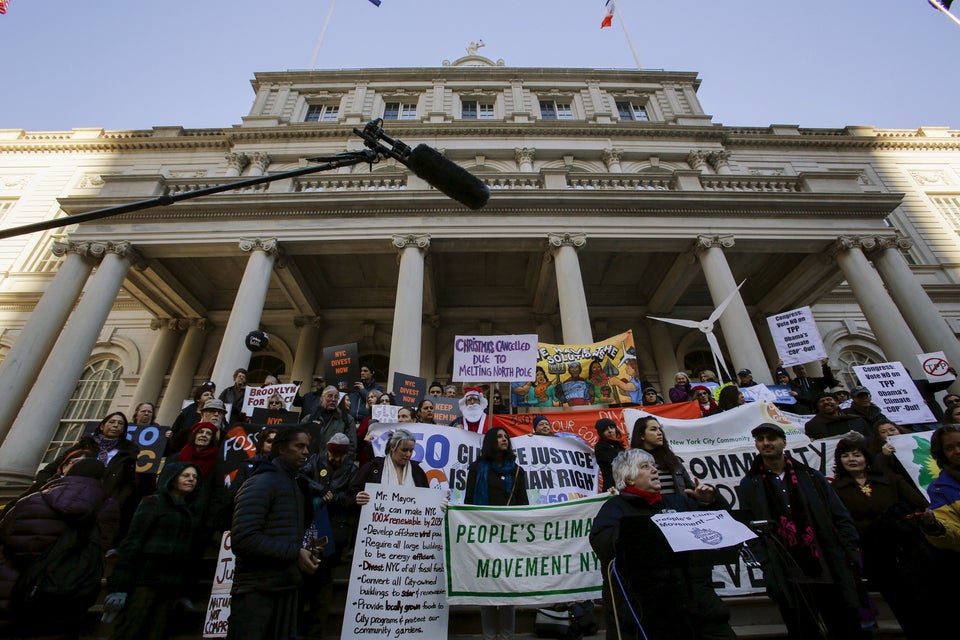
Donald Trump is known to be a highly pragmatic “get it done” leader. As president-elect, he wants to keep the promises to the constituencies that elected him while healing the wounds of a bitterly divisive campaign. Is there, then, a way he can create jobs through infrastructure investment, construct a physical obstacle at the U.S.-Mexico border that helps stem unlawful and dangerous crossings while, at the same time, mending rifts with Mexico, liberal and environmentally-conscious California ― and even China?
The answer is “yes.” He can do so by expanding on an imaginative proposal by one of Mexico’s leading environmentalists, Homero Aridjis, and James Ramey, a professor at Mexico City’s Metropolitan Autonomous University.
They propose building a border of solar panel arrays one-third the width of a football field along their side of the almost 2,000-mile border with the U.S. to capture the intense sunlight of Mexico’s northern desert. A new high-voltage direct current grid would distribute energy to the cities and populations that line both sides of the border from Texas to California. Yes, Mexico would pay for this installation ― and reap the revenues from selling the energy to utilities and households in both countries. And the jobs it would provide would help keep would-be migrants at home.

Further, as Aridjis and Ramey wrote recently in The WorldPost, the physical facility, “would have a civilizing effect in a dangerous area.” They continued: “Since solar plants use security measures to keep intruders out, the solar border would serve as a de facto virtual fence, reducing porousness of the border while producing major economic, environmental and security benefits on both sides. It would make trafficking drugs, arms and people all the more difficult for criminal cartels.”
Since sunlight roughly falls equally on both near sides of the border, the obvious question is, why shouldn’t the U.S. mirror this project on its territory, doubling the energy capacity (and thus reducing costs), the jobs and the border security?
Such a project seems a compelling candidate for some of the president-elect’s proposed $1 trillion infrastructure spending plan. California could invest revenues from its cap and trade system toward this end. It could also, as needed, issue revenue bonds paid for not by the taxpayer, but out of energy usage fees. Either way, a solar border would help significantly in meeting California’s legal commitment to reduce greenhouse gases to 40 percent below 1990 levels by 2030.

Another source of financing could come from the new Chinese-led Asian Infrastructure Investment Bank, or AIIB, which is set up for just this kind of project across the Pacific Basin as well as Eurasia. Chinese President Xi Jinping has been arguing that, despite other conflicts, there are “win-win” possibilities for the U.S. and China. Unfortunately, the U.S. made a strategic mistake in not joining the AIIB, even though other close allies such as Great Britain, France, Germany and Australia have. Mexico has stayed out under U.S. pressure.
If a President Trump were to make joining the AIIB an early priority of his administration, it would show that he is willing to cooperate with China as well as confront it when necessary. Mexico then would also likely join. Former CIA director Jim Woolsey, a Trump adviser, has publicly argued that the U.S. should correct the U.S. “mistake” and become a member of the AIIB.
As dealmaker-in-chief, a President Trump could probably even negotiate a concessionary rate with the AIIB for the sake of furthering peace and fighting climate change, a Chinese priority. He could also convincingly argue that this is one way for China to recirculate the some $3 trillion in reserves it has accumulated as a result of the trade surplus with the United States.

Such an innovative approach to jobs, the border, China and climate change would seem likely to appeal to key members of Trump’s powerful inner circle as well as his broader associates. His daughter, Ivanka, after all, ushered in Al Gore for a high profile meeting with the president-elect at Trump Tower and is said to want to make climate change a priority of whatever portfolio she ends up having in a new administration. Arnold Schwarzenegger, Trump’s successor on “The Apprentice” and the former governor of California who signed into law the state’s initial climate change legislation, is a passionate proponent of renewable energy. The whole purpose of his R20 Regions of Climate Action organization is to bring private financing and technical expertise together with governments on clean energy projects. Beyond this, Elon Musk’s SolarCity would likely be an enthusiastic partner. And recently, the president-elect dined at his Mar-a-Lago estate with Mexican billionaire Carlos Slim, also a potential investor and proponent.
Along with California, Arizona and New Mexico, Texas, home state of energy secretary-designate Rick Perry, would also clearly benefit in terms of jobs, security and reduced energy costs.
Donald Trump is nothing if not bold. He has shown that what others have regarded as implausible, he can accomplish. There is every reason to believe this idea will capture his fertile imagination.
